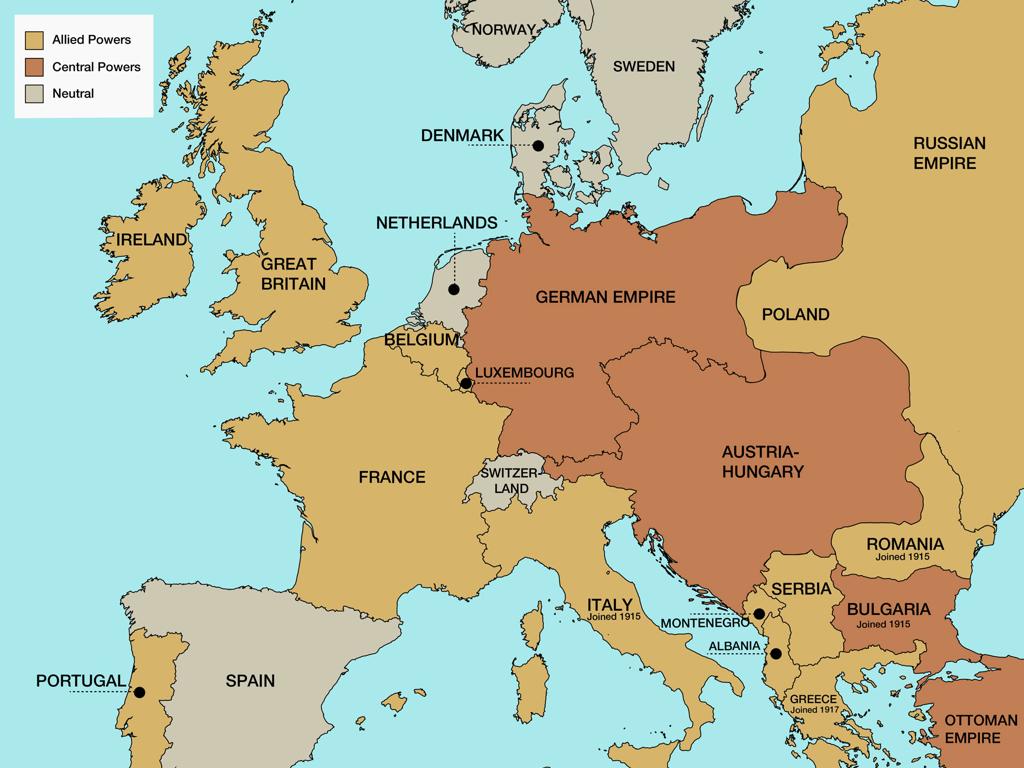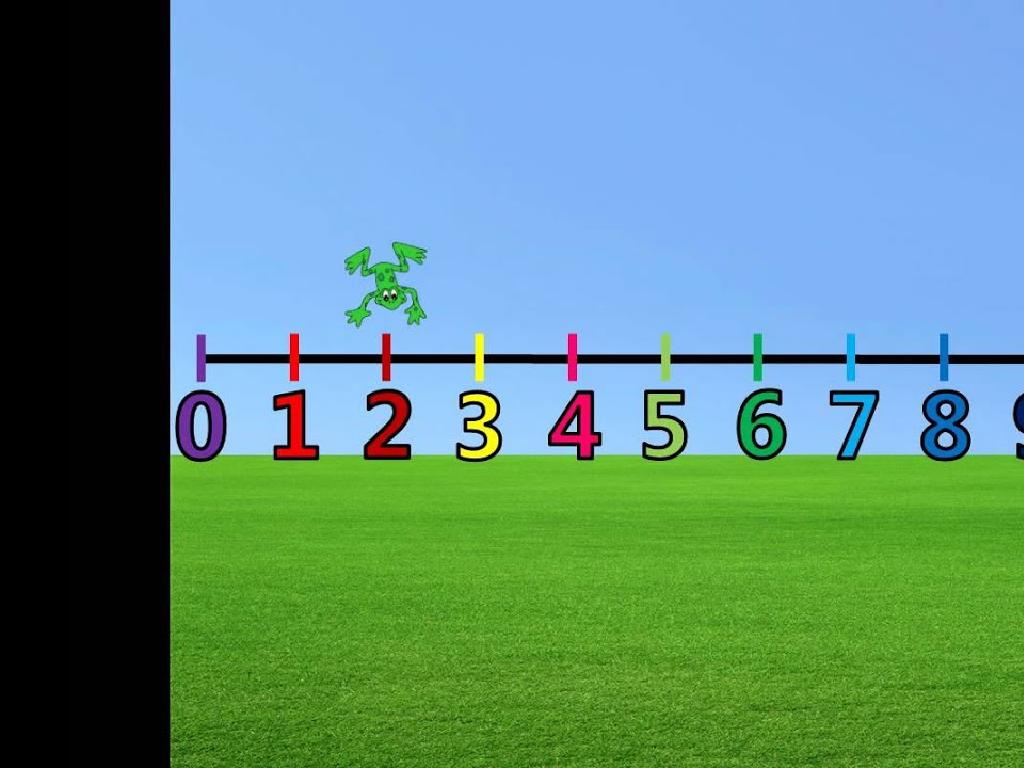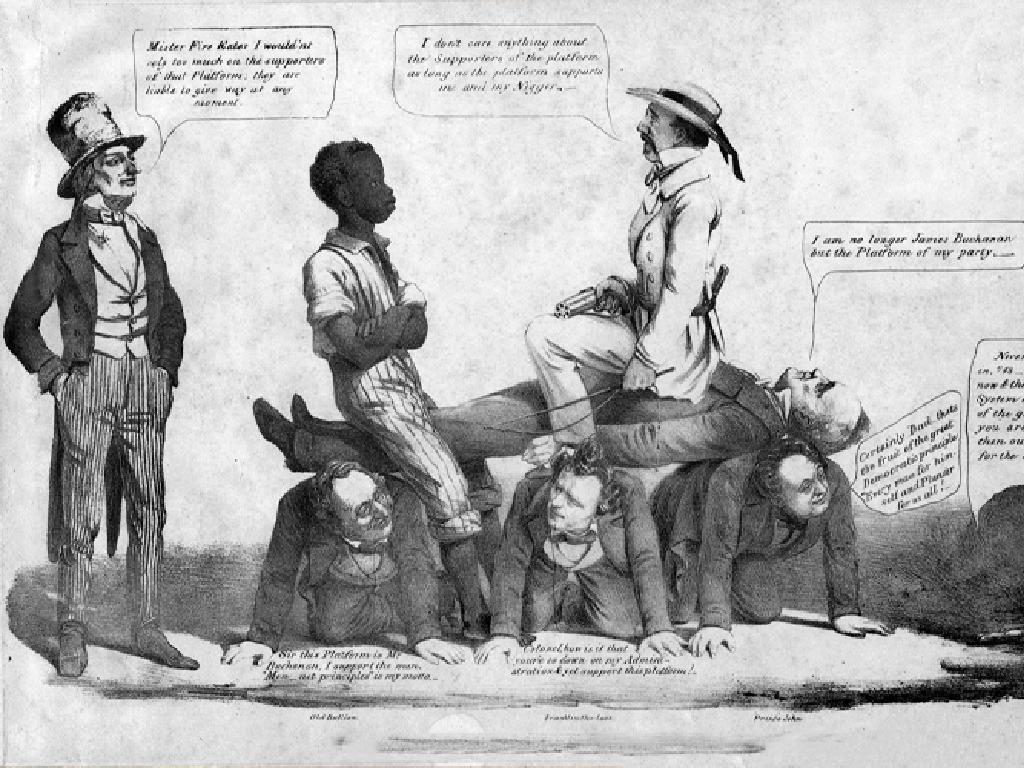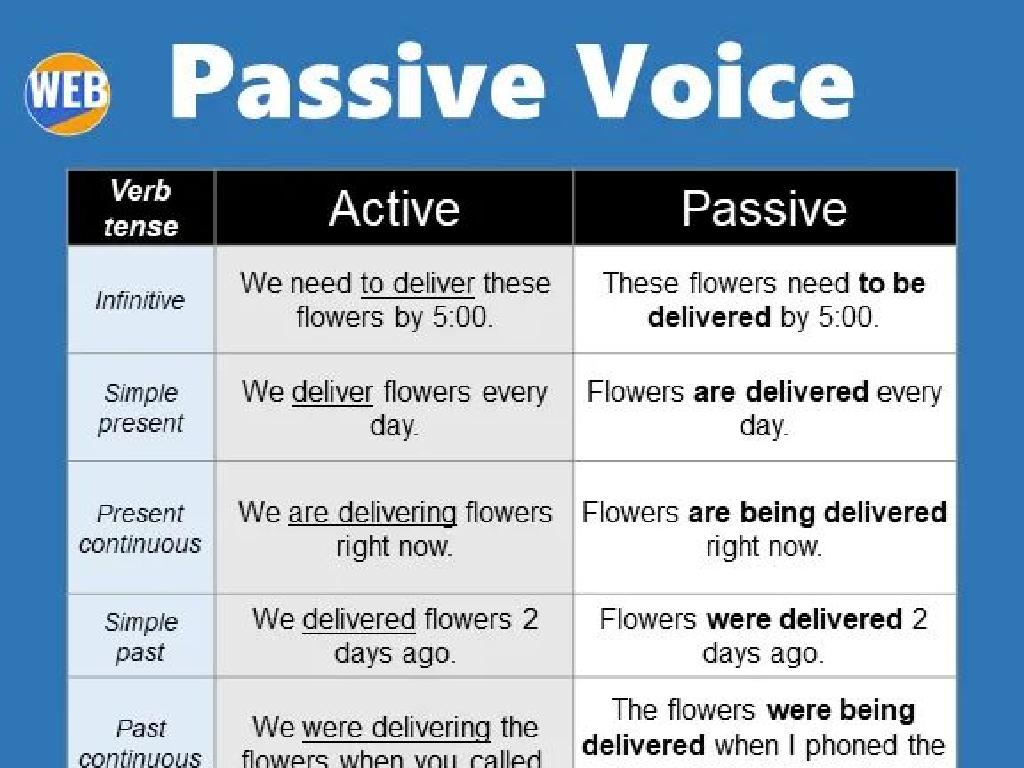Word Problems With Start Unknown - Up To 10
Subject: Math
Grade: First grade
Topic: Addition And Subtraction Word Problems Up To 10
Summary: This engaging first-grade math presentation teaches students to solve addition and subtraction word problems with an unknown starting number, using totals up to 10. Through detective-themed stories, hands-on activities, and visual aids like drawings, counters, and number lines, learners practice finding hidden starting numbers. Interactive partner games and collaborative problem-solving build foundational math and critical thinking skills. Aligned with Common Core, this lesson develops early algebraic thinking in a fun, supportive environment.
Please LOG IN to download the presentation. Access is available to registered users only.
View More Content
Math Adventures: Becoming Math Detectives
– Embrace your inner detective
– Solve number mysteries up to 10
– Find the missing start number in problems like: If you have ? apples and get 2 more, now you have 5.
– Engage your imagination
– Math can be a fun adventure
|
This slide is designed to excite first graders about solving word problems involving addition and subtraction up to 10. Encourage them to think like detectives, looking for clues to uncover the unknown starting number in a problem. Use imaginative scenarios and engaging language to make the process feel like an adventure. During the lesson, present problems in story form and guide students through the steps of solving them. For example, ‘If you have a certain number of apples and get 2 more, now you have 5. How many did you start with?’ This approach helps students understand the concept of ‘start unknown’ problems in a fun and interactive way.
Understanding Word Problems
– Word problems are number stories
– Discover what the story asks
– Learn to find the missing piece
– If we have 2 apples and want 10, how many more do we need?
– Practice with examples up to 10
– Example: 3 birds were sitting, 2 more came. How many in total?
|
This slide introduces first graders to the concept of word problems as stories that involve numbers. Emphasize that solving word problems is like being a detective where they need to find clues (numbers and keywords) to solve the mystery (the question asked). Encourage them to look for what is known and what is unknown in the problem. Use simple examples that add up to 10 to illustrate how to find the missing number in the story. During class, practice with similar problems and guide them through the thought process of solving these puzzles. Make sure to provide praise and support as they attempt to find solutions.
Solving the Mystery: Start Unknown Problems
– Understanding unknown beginnings
– Today’s focus: finding the unknown start
– Using story clues to solve
– Consider the total and what was added or taken away
– Practice with example problems
– Example: ? + 3 = 10. What number did we start with?
|
This slide introduces students to the concept of solving word problems where the starting number is unknown. Emphasize that not all problems give us the starting number, but we can still find the answer by using clues from the story. Encourage students to think of the total and what was added or subtracted to find the unknown start. Provide several examples and guide them through the process of solving. For instance, if we know the end total and one of the addends, we can find the missing addend. This is a crucial skill for developing algebraic thinking. During the lesson, work through problems together and then let students try on their own or in pairs.
Solving Word Problems: Start Unknown
– Understand the problem
– Visualize with a drawing
– Draw the 5 ducks at the pond
– Use counters to find the start
– Count backwards from 5 using counters
– Solve the duck pond mystery
– How many ducks were at the pond before 3 joined?
|
This slide introduces students to solving word problems where the starting quantity is unknown. Begin by reading the problem aloud and discussing what we’re trying to find out. Encourage students to visualize the problem by drawing the scenario; in this case, the 5 ducks at the pond. Introduce the use of physical counters to represent the ducks and demonstrate how to use subtraction by counting backwards from 5 to find out how many ducks were there before the 3 new ducks joined. This hands-on approach helps solidify the concept of ‘taking away’ and finding an unknown start. Ensure to guide the students through the process step by step and validate their answers by recounting the ducks together.
Solving Word Problems: Start Unknown
– Understand the current number of ducks
– Consider the ducks that joined
– Use counters to solve the problem
– If we have 5 ducks now and 3 joined, how many did we have before?
– Discover the starting number
– Take away 3 counters from 5 to find the start
|
This slide is aimed at helping first graders understand how to approach word problems where the starting quantity is unknown. Begin by establishing the current number of ducks, which is 5. Explain that 3 more ducks have come to join them. To find out how many ducks there were initially, we will use a hands-on approach by taking away 3 counters from the 5. This visual and physical method of subtracting will help students grasp the concept of ‘taking away’ to find an unknown start. Encourage students to think aloud as they work through the problem and to explain their reasoning. This exercise will not only help them with subtraction but also with logical thinking and problem-solving skills.
Solving Word Problems: Start Unknown
– Understand the problem with apples
– Use apple pictures for visualization
– Draw or imagine apples to see the problem
– Count on from unknown to solve
– If we have 6 apples and picked 2, what number did we start with?
– Find the starting number of apples
– We’ll subtract 2 from 6 to find the starting point
|
This slide introduces students to solving word problems where the starting quantity is unknown. Begin by reading the problem aloud and asking students to visualize the scenario with apples. Use actual pictures or drawings of apples to help them see the problem. Guide them to use counting on or backward as a strategy to find the unknown start. For example, if we end with 6 apples and we know we picked 2 more, we can count backward from 6 by 2 to find that we started with 4 apples. Encourage students to use their fingers or manipulatives to represent the apples and to practice this technique with different numbers. This hands-on approach makes abstract concepts more concrete for first graders.
Solving Word Problems: Start Unknown
– We have 6 apples now
– Picked 2 more apples
– Use a number line
– A number line helps us see the counting
– Jump back 2 spaces
– To find the start, we move back 2 spaces from 6
|
This slide is aimed at helping first graders solve word problems where the starting quantity is unknown. Begin by stating the current number of apples, which is 6. Explain that we have picked 2 more apples, but we want to find out how many we started with. Introduce the number line as a tool to visualize the problem. Demonstrate how to jump back 2 spaces on the number line to find the starting number of apples. This concrete example helps students understand the concept of subtraction as ‘finding the start’ or ‘taking away.’ Encourage students to draw their own number lines and practice with similar problems, ensuring they grasp the method of moving backwards to find an unknown start.
Let’s Practice Together: Math Detectives
– Be a math detective
– Listen to the story
– Find the start unknown
– What number did we start with before adding or taking away?
– Use tools to solve
– Counters, drawings, and number lines help us see the problem clearly.
|
This slide is an interactive class activity designed to engage first-grade students in solving word problems where the starting number is unknown. Begin by reading a story-based word problem aloud to the class. Encourage the students to listen carefully and identify the ‘start unknown’—the number that is not given in the problem but is needed to solve it. Remind them to use their counters, drawings, or number lines to visualize and solve the problem. For example, if the story says, ‘There were some apples in the basket, and 3 more were added, now there are 7,’ they need to figure out how many apples were in the basket at the start. Provide guidance and support as they work through the problem, and facilitate a discussion afterward to share different solving strategies. This activity will help students understand the concept of ‘start unknown’ and develop their problem-solving skills.
Math Detective Game: Solving Word Problems
– Become math detectives
– Pair up for problem-solving
– Work together to find the start unknown number
– Utilize your math tools
– Counters, fingers, or drawings may help
– Discuss solutions with the class
– Explain how you solved the problem
|
In this engaging class activity, students will pair up and take on the role of math detectives to solve word problems where the start number is unknown. Provide them with simple word problems that require adding or subtracting within 10. Encourage them to use physical tools like counters, their fingers, or drawing pictures to help them visualize the problem. After solving, each pair will have the opportunity to share their answers and explain their thought process to the class. This activity promotes collaboration, critical thinking, and communication skills. Possible activities: 1) Finding a hidden number in a story, 2) Solving riddles that involve addition or subtraction, 3) Creating their own word problems for others to solve, 4) Using manipulatives to represent the problems, 5) Drawing out the problem to find the solution.
Mystery Solved: Word Problems Recap
– Congrats on solving word problems!
– Start unknown is a hidden number
– It’s the number we find to complete the problem
– Practice makes perfect
– You’re becoming a problem-solving pro!
|
This slide is a celebration of the students’ achievements in tackling word problems with an unknown starting point. It’s important to reinforce the concept that the ‘start unknown’ is simply the missing piece of the puzzle they need to find. Encourage them to continue practicing with different word problems to become more confident and proficient. Acknowledge their hard work and progress, and remind them that with each problem they solve, they’re getting better at understanding and applying mathematical concepts. Offer some additional simple word problems for them to try at home to keep their skills sharp.





